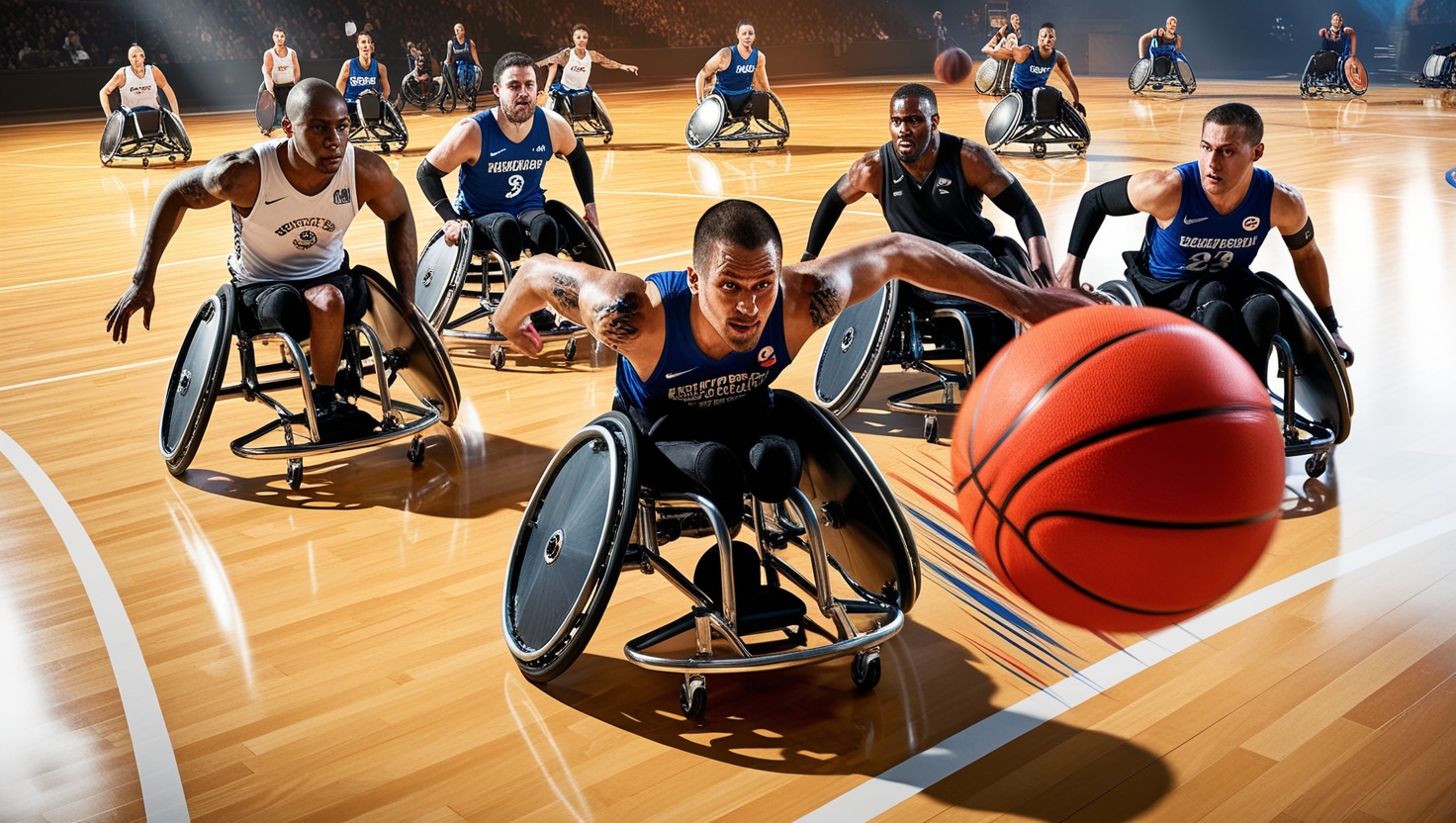Wheelchair basketball rules in Paralympic Games

wheelchair basketbal
Wheelchair basketball is a dynamic and competitive sport that has gained significant recognition, particularly in the context of the Paralympic Games. The sport retains many of the traditional basketball rules while incorporating adaptations to accommodate players using wheelchairs. Below is an overview of the essential rules and regulations governing wheelchair basketball in the Paralympics.
Overview of Wheelchair Basketball
Wheelchair basketball was first introduced at the 1960 Rome Paralympic Games, evolving from adaptations made by injured servicemen in the United States after World War II. The sport is governed internationally by the International Wheelchair Basketball Federation (IWBF), which ensures that the rules align closely with those of able-bodied basketball, including court dimensions and scoring systems.
Game Structure
- Teams and Players: Each team consists of five players on the court at any given time. In competitions like the Paralympics, there are typically twelve men’s teams and ten women’s teams competing.
- Match Duration: A standard match consists of four quarters, each lasting ten minutes, totaling 40 minutes of playtime. There are short breaks between quarters and a longer halftime break.
- Scoring: The scoring system mirrors that of traditional basketball:
- 1 point for a successful free throw
- 2 points for a field basket
- 3 points for shots made from beyond the three-point line
Key Rules
- Dribbling: Players must dribble the ball while propelling their wheelchairs. They can push their wheelchair one or two times before dribbling. If they push more than twice without dribbling, it is considered a traveling violation.
- Fouls: Players must avoid committing personal fouls. A player who accumulates five fouls must leave the game, and another player can substitute in. The wheelchair is considered an extension of the player’s body, meaning contact rules apply similarly to how they would in able-bodied basketball.
- Out of Bounds: A player is out of bounds if any part of their wheelchair touches the boundary lines, except during free throws where small wheels may touch the line.
Classification System
To ensure fair competition, wheelchair basketball employs a classification system based on the degree of physical impairment. Players are classified on a point scale from 1.0 to 4.5, with lower scores indicating greater disability. The total classification points for players on the court from one team cannot exceed 14 points. This system promotes inclusivity and balances the competition among teams with varying levels of ability.
Equipment and Safety
The design of basketball wheelchairs is crucial for performance and safety. They are built for stability and agility, with features such as angled wheels and lower seats to prevent tipping. Regulations also specify the dimensions and safety features of the wheelchairs to ensure fair play and protect athletes.
Conclusion
Wheelchair basketball is not only a sport but also a powerful platform for athletes with disabilities to showcase their skills and determination. The rules and adaptations make it accessible while preserving the competitive spirit of basketball. As the sport continues to grow, especially in the context of the Paralympics, it inspires many to engage in athletics and challenge societal perceptions of disability.






